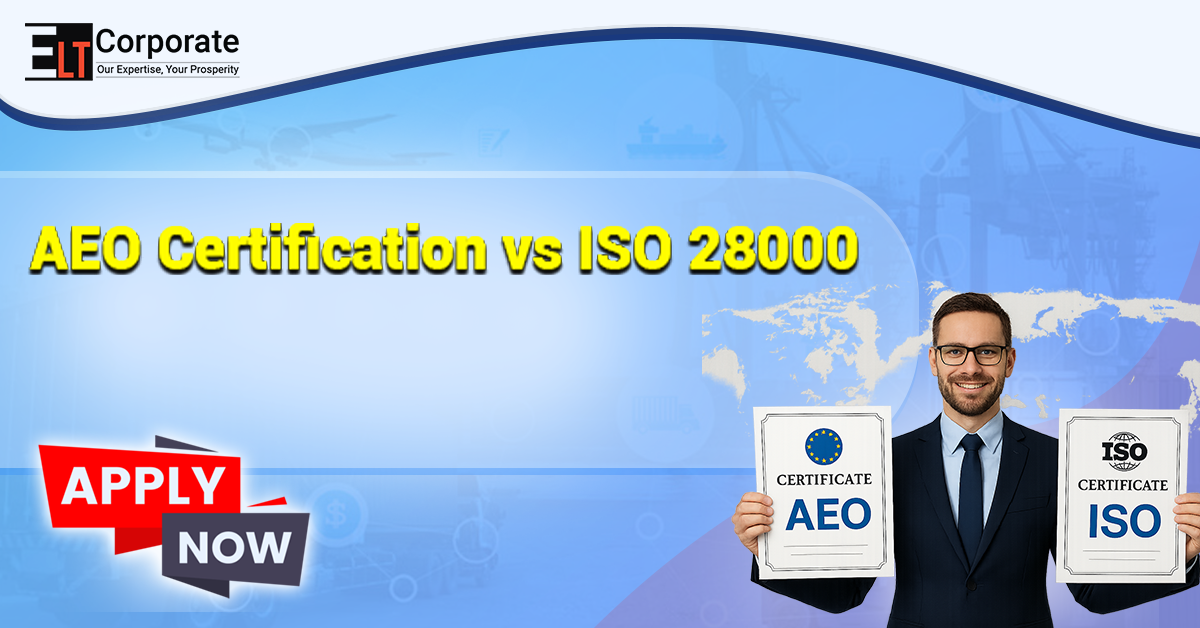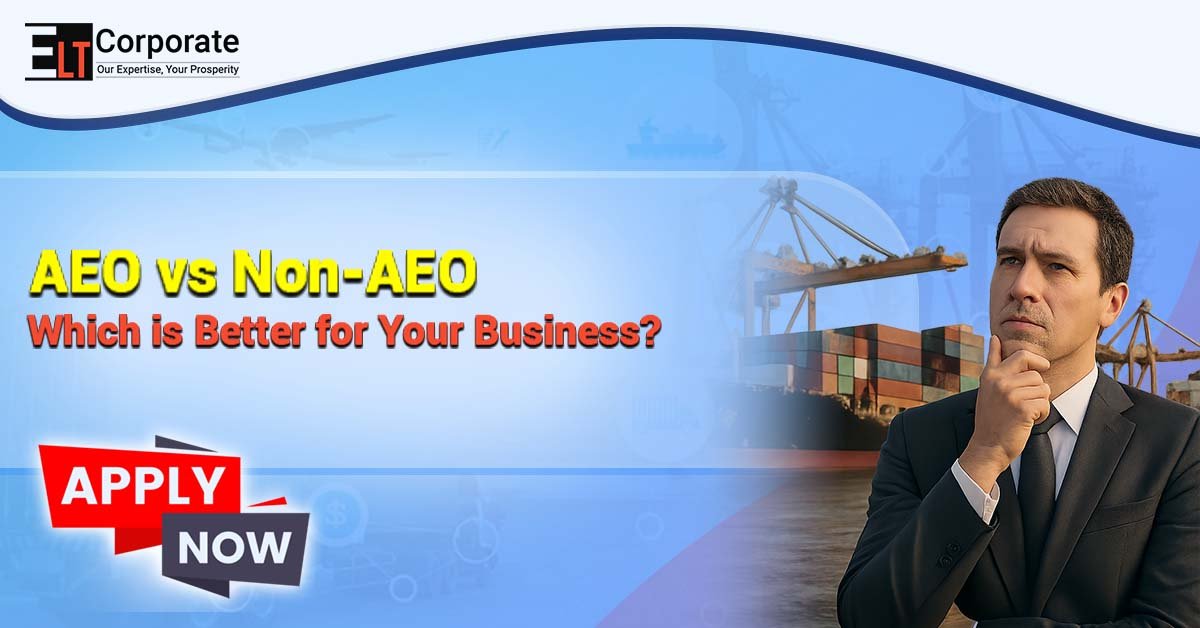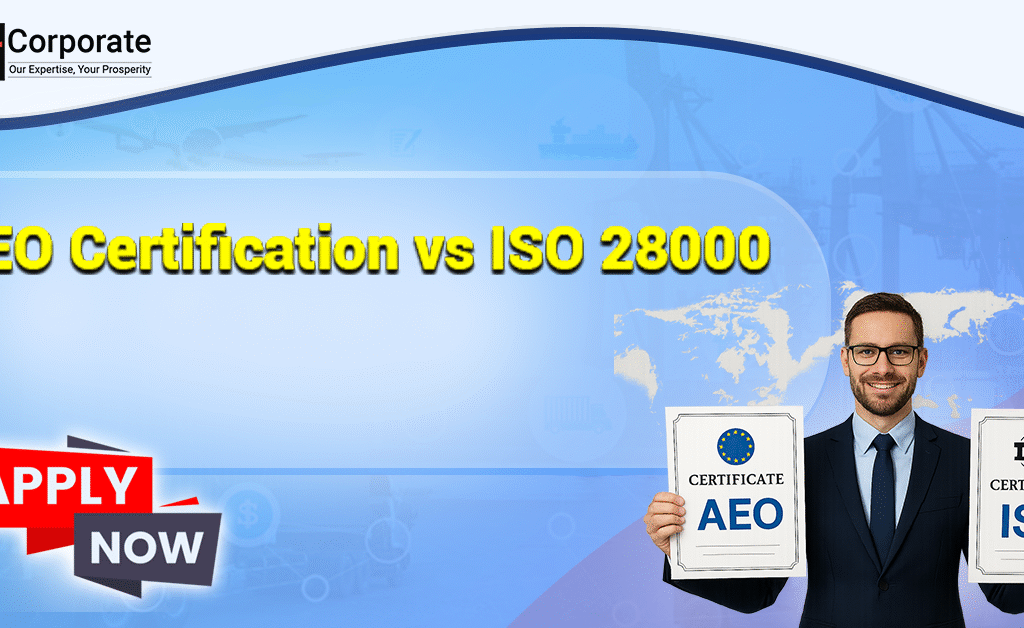The Authorized Economic Operator program by using the Central Board of Indirect Taxes & Customs offers more than one range of certification to organisations engaged in international exchange.
Among these, AEO-T1 and AEO-T2 are the most typically implemented classes for importers and exporters. While both tiers provide change facilitation, simplified compliance, and quicker clearances, their eligibility, blessings, and documentation necessities fluctuate.
AEO-T1 Certification
AEO-T1 is the entry-level certification under the AEO program. It is designed for businesses new to the scheme and willing to establish themselves as “secure and compliant” trading partners.
- Application: Online via CBIC’s AEO portal.
- Objective: Provide basic trade facilitation benefits and faster clearances.
- Eligibility: Importers and exporters with at least 2 years of business history, regular filings, and no major customs/compliance violations.
Key Benefits of AEO-T1
- Direct Port Delivery (DPD) for imports – saves time and CFS costs.
- Direct Port Entry (DPE) for exports – reduced handling charges.
- Faster refunds of Drawback and IGST.
- Email/SMS alerts for consignment status.
- 50% Bank Guarantee waiver under the Advance Authorisation/EPCG schemes.
- Reduced customs intervention and priority clearances.
- Recognition as a trusted trading partner by Customs.
AEO-T2 Certification
AEO-T2 is a higher-level certification that requires stricter compliance, security standards, and a detailed on-site verification by Customs.
It offers significantly broader benefits compared to T1.
- Application: Online via CBIC’s AEO portal, followed by physical verification of premises, records, and processes.
- Objective: Provide enhanced facilitation, financial benefits, and global credibility through MRAs.
- Eligibility: Same as T1, but with additional compliance, security, and infrastructure checks.
Key Benefits of AEO-T2 (over and above T1)
- 75% Bank Guarantee waiver under Advance Authorisation/EPCG (vs. 50% for T1).
- Deferred Duty Payment facility – “Clear First, Pay Later” system.
- Self-sealing of export containers with RFID E-Seals – globally accepted.
- Faster refunds & incentives:
- Duty Drawback within 72 hours.
- IGST refunds within 45 days.
- Duty Drawback within 72 hours.
- No Merchant Overtime Fee (MOT) for customs clearance beyond office hours.
- Priority in investigations & dispute resolution – time-bound disposal.
- Post-Clearance Audit (PCA) only once in 3 years (instead of transactional checks).
- Eligibility for Mutual Recognition Agreements (MRA) with other customs administrations boosts global trade credibility.
Key Differences – AEO T1 vs AEO T2
| Aspect | AEO-T1 | AEO-T2 |
| Verification | Document-based | Document + On-site verification |
| Bank Guarantee Waiver | 50% | 75% |
| Duty Payment | Normal duty payment | Deferred duty payment |
| Self-Sealing | Not allowed | Allowed with RFID E-seals |
| MOT Charges | Applicable | Waived |
| Refund Processing | Faster than normal | Priority (72 hrs Drawback / 45 days IGST) |
| Global Recognition (MRAs) | Limited | Eligible |
| Ease of Audit | Regular | PCA once in 3 years |
Documents Required for AEO-T1
- Application Form (Annexure A) via AEO Portal.
- PAN, IEC, GST Registration.
- Audited financial statements (last 3 years).
- Income Tax Returns (last 3 years).
- Import/Export data (last 3 years).
- Undertaking of compliance with Customs/Tax laws.
- Site plan and process flow (basic).
Documents Required for AEO-T2
(All T1 documents plus additional compliance/security evidence)
- Standard Operating Procedures (SOPs) for cargo handling & security.
- Physical security measures (CCTV, access control, seals).
- HR background verification records.
- IT system security policy.
- Risk management policy & internal audit reports.
- Records of safety and incident reporting.
- Business continuity plan (BCP) / disaster recovery measures.
Conclusion
- AEO-T1 is suitable for businesses starting with AEO benefits, offering faster clearances, partial BG waiver, and recognition.
- AEO-T2 is ideal for companies with larger trade volumes, seeking global credibility, greater financial benefits, and priority facilitation.
- Upgrading from T1 to T2 helps businesses unlock wider advantages, including MRAs and deferred duty.
Best Strategy: Begin with T1 for entry, and later progress to T2 for maximum trade facilitation and global recognition.
FAQ
Can a company upgrade from AEO-T1 to T2?
Yes. A business can apply for an upgrade by submitting additional compliance and undergoing physical verification.
Which is easier to obtain – T1 or T2?
T1 is document-based and easier. T2 requires stricter compliance, security infrastructure, and on-site checks.
Is deferred duty available in T1?
No. Deferred duty payment is available only in T2 & T3.
What is the validity period of T1 and T2?
- T1: 3 years
- T2: 5 years
Do both T1 and T2 get global recognition?
Only T2 and above are eligible for MRAs with other customs administrations.





